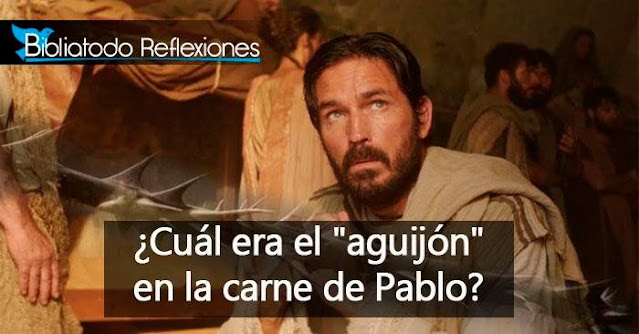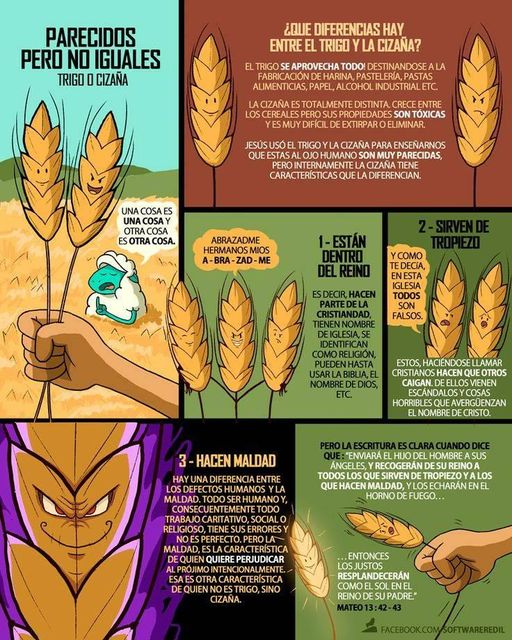What does the Bible say about dinosaurs?
Bible questions answered
https://www.gotquestions.org/
All rights reserved-Published with permission
The topic of dinosaurs in the Bible is part of a larger ongoing debate within the Christian community over the age of the earth, the proper interpretation of Genesis, and how to interpret the physical evidence we find all around us. Those who believe in an older age for the earth tend to agree that the Bible does not mention dinosaurs, because, according to the old-earth paradigm, dinosaurs died out millions of years before the first man ever walked the earth, so the men who wrote the Bible could not have seen living dinosaurs.
Those who believe in a younger age for the earth tend to agree that the Bible does mention dinosaurs, though it never actually uses the word dinosaur. Instead, it uses the Hebrew word tanniyn, which is translated a few different ways in our English Bibles. Sometimes it’s “sea monster,” and sometimes it’s “serpent.” It is most commonly translated “dragon” in the KJV. The tanniyn appears to have been some sort of giant reptile. These creatures are mentioned nearly thirty times in the Old Testament (e.g., Psalm 74:13; Isaiah 27:1; Jeremiah 51:34) and were found both on land and in the water. Another Hebrew word, livyathan, transliterated leviathan, is used six times in Scripture (e.g., Job 41:1; Psalm 104:26) and refers to some type of large, fierce sea creature. The description of leviathan in Job 41 gives the impression of a strong yet graceful, unstoppable creature against which weapons are unavailing: “Nothing on earth is its equal” (Job 41:33).
Another giant creature the Bible describes and that Job was familiar with is the behemoth, said to be “a prime example of God’s handiwork” (Job 40:19, NLT). The behemoth is a huge, plant-eating animal that dwells by the water. Its bones are like “tubes of bronze,” and its limbs are like “rods of iron” (Job 40:18); its tail is likened to a cedar tree (Job 40:17). Some have tried to identify the behemoth as an elephant or a hippopotamus. Others point out that elephants and hippopotamuses have very thin tails, nothing comparable to a cedar tree. Dinosaurs like the Brachiosaurus, Apatosaurus, and Saltasaurus, on the other hand, had huge tails that could easily be compared to a cedar tree.
Nearly every ancient civilization has left some sort of art depicting giant reptilian creatures. Petroglyphs and clay figurines found in North America resemble modern depictions of dinosaurs. Rock carvings in South America depict images of creatures resembling Triceratops, Diplodocus, and Tyrannosaurus Rex. Roman mosaics, Mayan pottery, and Babylonian city walls all testify to man’s trans-cultural, geographically unbounded memories of these creatures. Thirteenth-century explorer Marco Polo wrote of seeing “huge serpents” in China, which he described: “At the fore part, near the head, they have two short legs, each with three claws, as well as eyes larger than a loaf and very glaring. The jaws are wide enough to swallow a man, the teeth are large and sharp, and their whole appearance is so formidable, that neither man, nor any kind of animal can approach them without terror” ((Polo, M., The Travels of Marco Polo, trans. by Marsden, W., ed. by Rugoff, M., Signet Classics, 1961, pp. 158–159).). (See https://apologeticspress.org/physical-evidence-for-the-coexistence-of-dinosaurs-and-humans-part-i-2416/, http://historysevidenceofdinosaursandmen.weebly.com/visual.html, and https://creation.com/ica-stones-authenticated.)
So, are there dinosaurs in the Bible? The matter is far from settled. It depends on how one interprets the available evidence. If the first two chapters of Genesis are taken literally, the result is a belief in a relatively young earth and the conviction that dinosaurs and man coexisted.
If dinosaurs and human beings coexisted, what happened to the dinosaurs? The Bible does not discuss the issue, but dinosaurs likely died out sometime after the flood due to a combination of dramatic environmental shifts and being relentlessly hunted to extinction.




Comentarios
Publicar un comentario
Tu comentario nos interesa